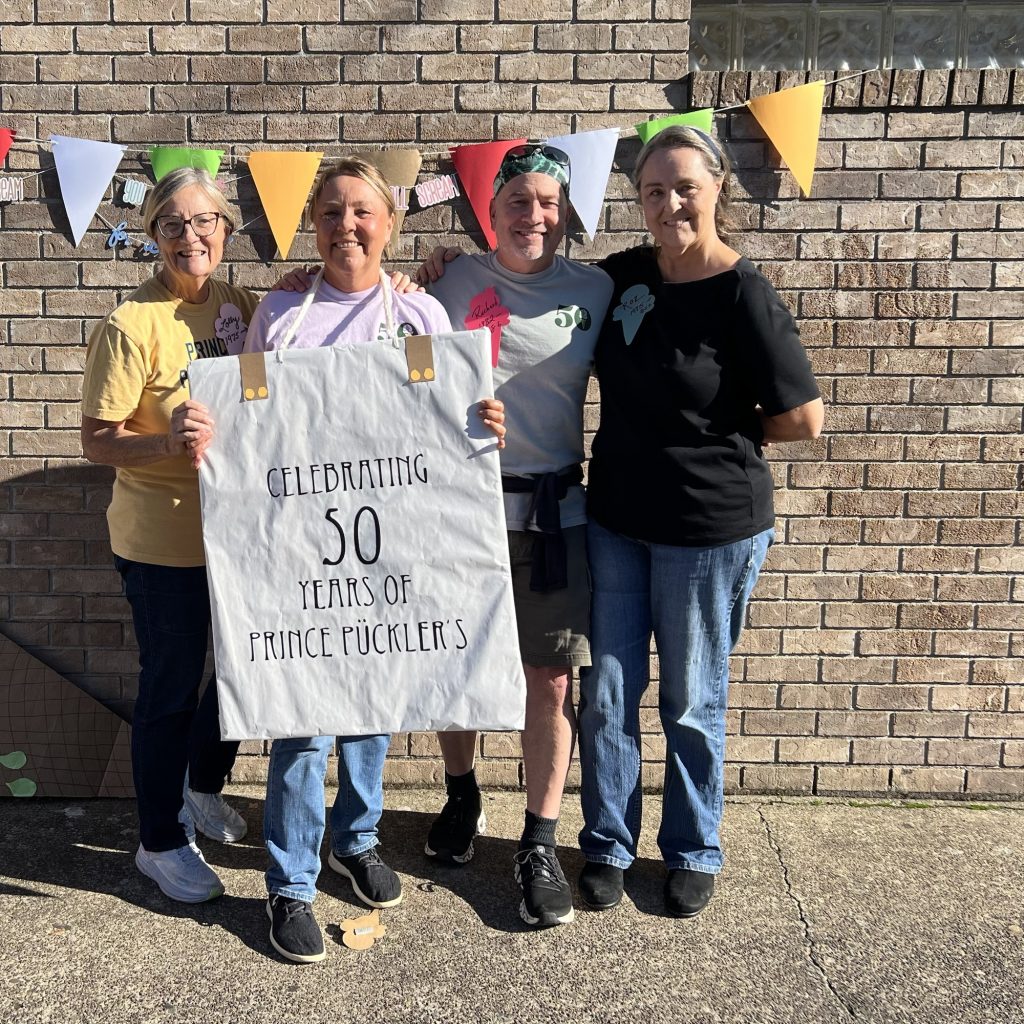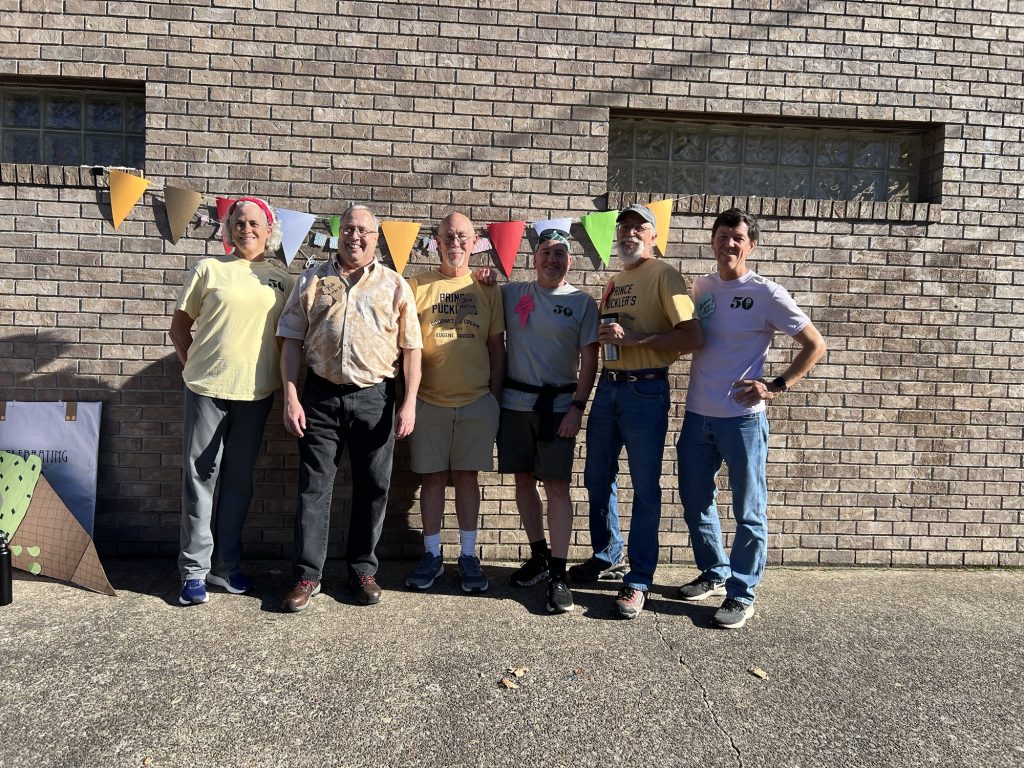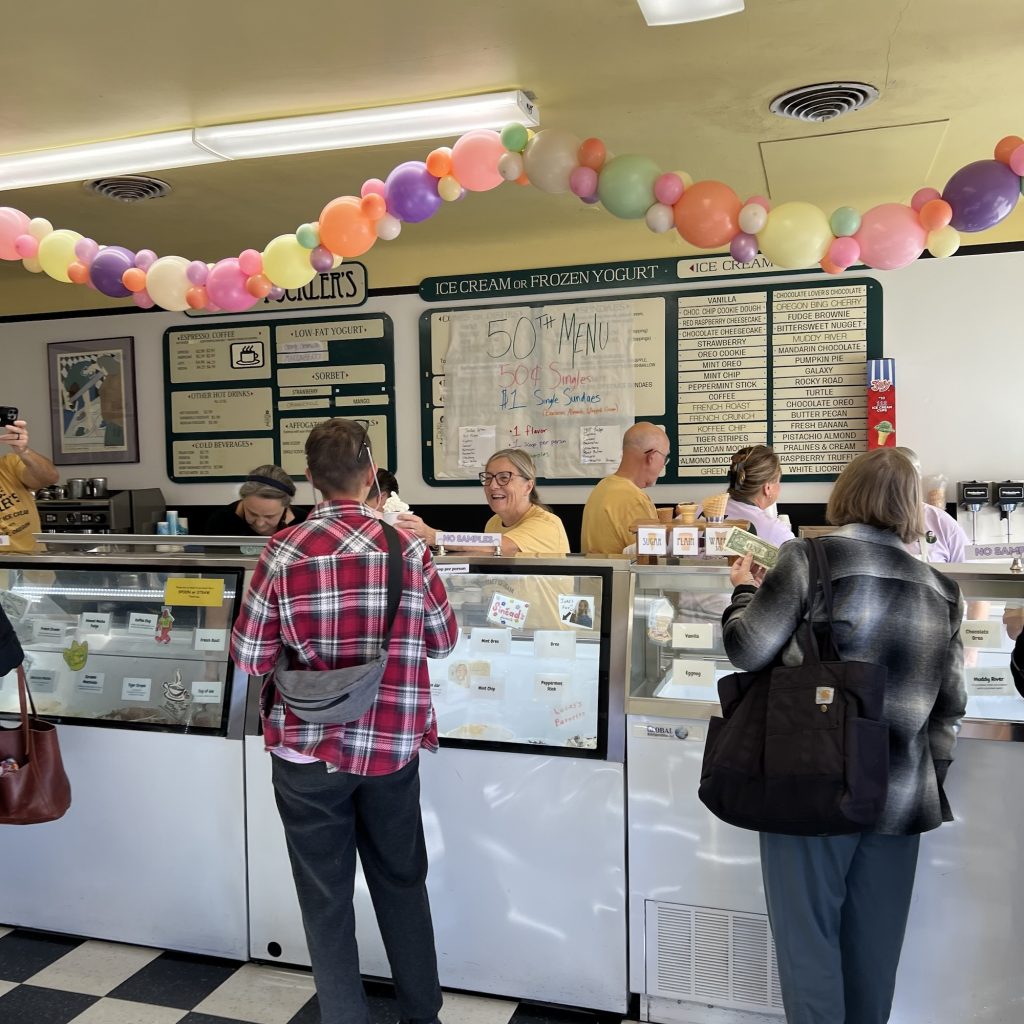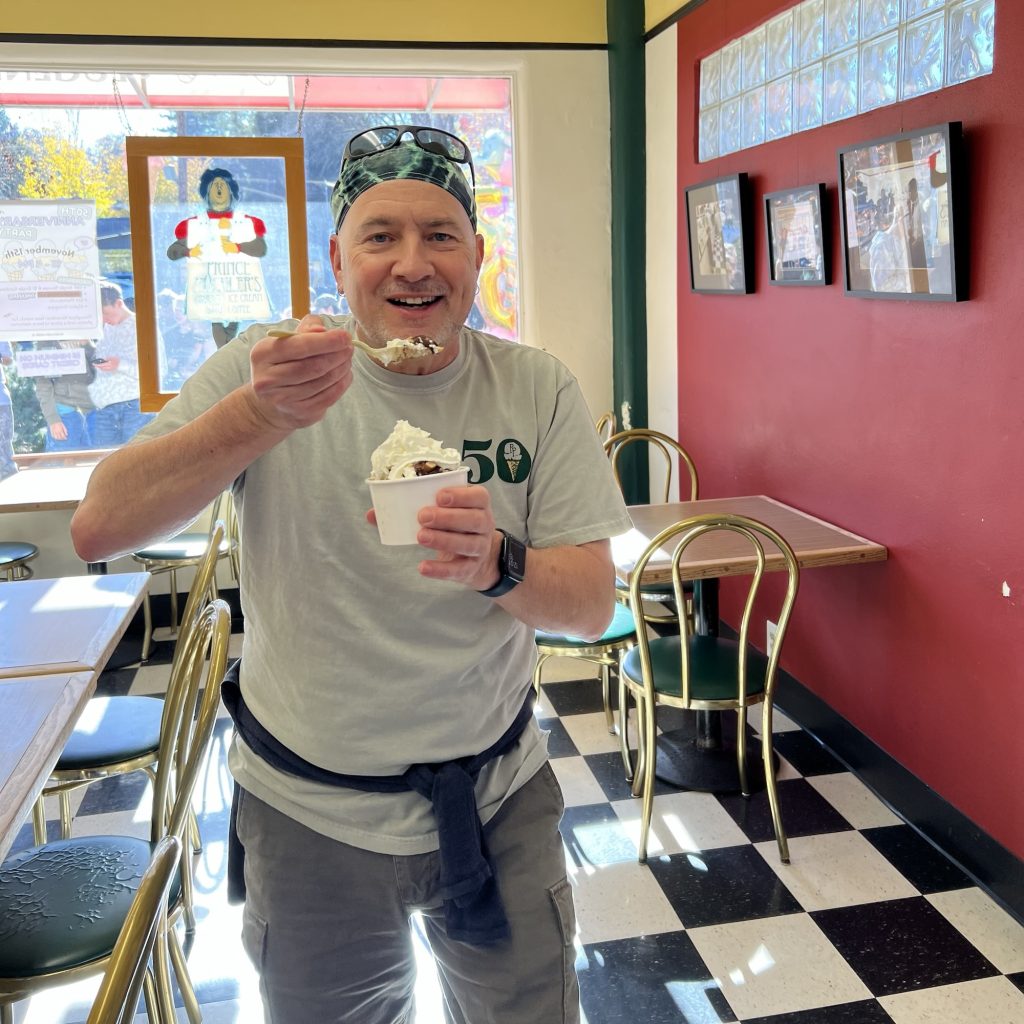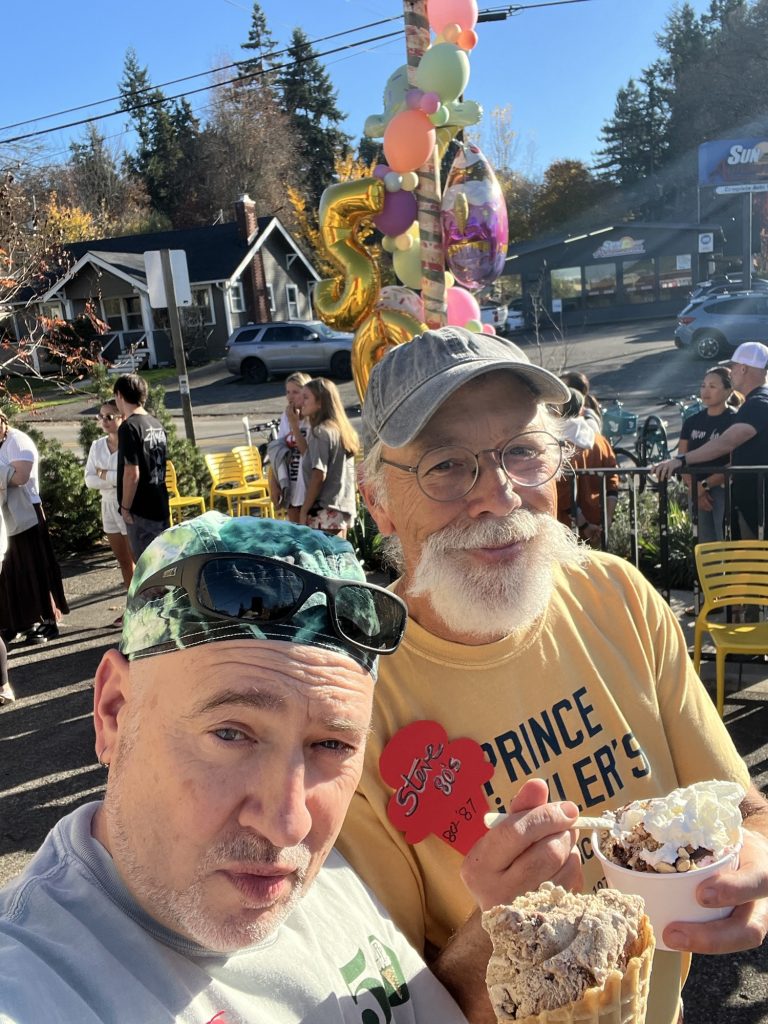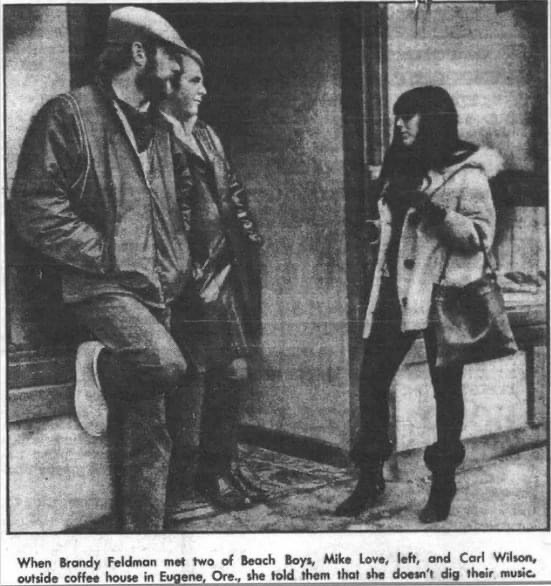Prince Pückler’s will hit fifty years on November 15th, 2025, which is strange to think about because whenever I walk into the joint I feel like a kid. I first discovered the original shop in 1976 when I was twelve—too young to work there but old enough to understand that this was not the kind of ice cream you bought in a grocery store or at the counter at Woolworth’s. I loved ice cream (still do), and I decided I would work there someday. I asked for a job every time I went in for a cone.
It took six years before I was hired. In the meantime, I made myself useful around Eugene in the ways a determined boy with a single mother does. At Saturday Market I sold lemonade at the Family Homesteader booth. On weekends I helped make Toby’s Tofu Pâté. I collected empty bottles and cans. I cleaned windshields at the Eugene Drive-In for a quarter. Every job felt like a warm-up for the thing I actually wanted: working at Prince Pückler’s in one of my favorite places in downtown Eugene—the Atrium Building at 10th and Olive.
Back then the Atrium was home to Gandalf’s Den, a science-fiction and fantasy bookstore and game shop that introduced a lot of Eugene kids to Dungeons & Dragons. The building also contained Cinema 7, an art-house theater where you could watch classics from the ’30s and ’40s and foreign films; Mr. Moto’s coffee shop; Oregon Repertory Theatre; and the first Nike Store.
It was a thriving cultural hub—long before it settled into the quiet life of government offices.
Jim and Lolly Robertson opened Puckler’s there in late 1975 with $18,000 of used equipment and twenty-two dollars in the register. Jim had bought the secret recipe from Bud’s Ice Cream in San Francisco and secured exclusive Oregon rights, which meant no one else in the state was making ice cream like this.
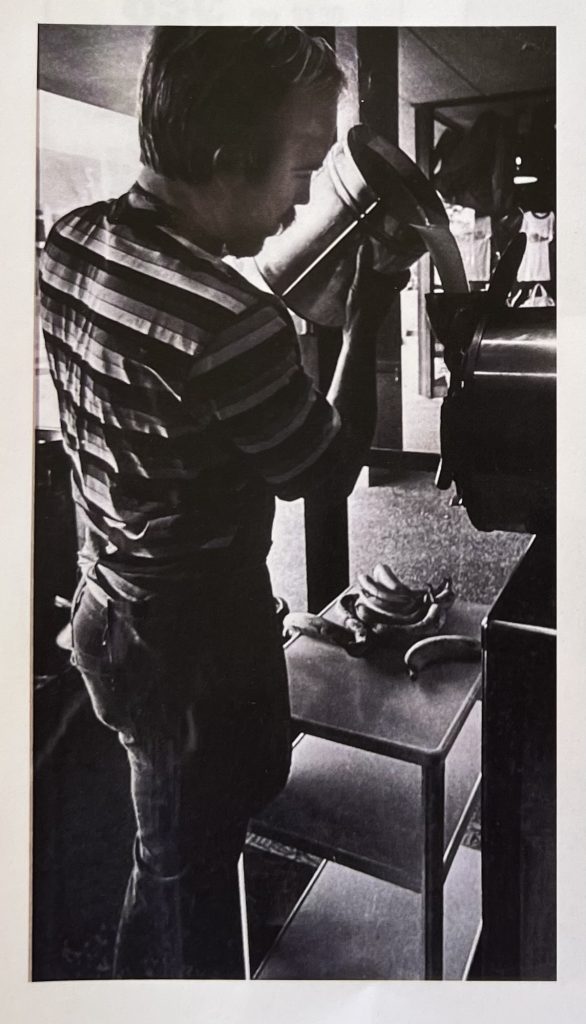
Pückler’s ice cream had 16% butterfat and almost no air whipped into it. It came in five-gallon batches, hand-made with no preservatives, no stabilizers, no artificial thickening agents, and none of the kerosene-derived “flavor concentrates” that turned a lot of cheap 1970s ice cream into something you might find in Vincent Price‘s laboratory.
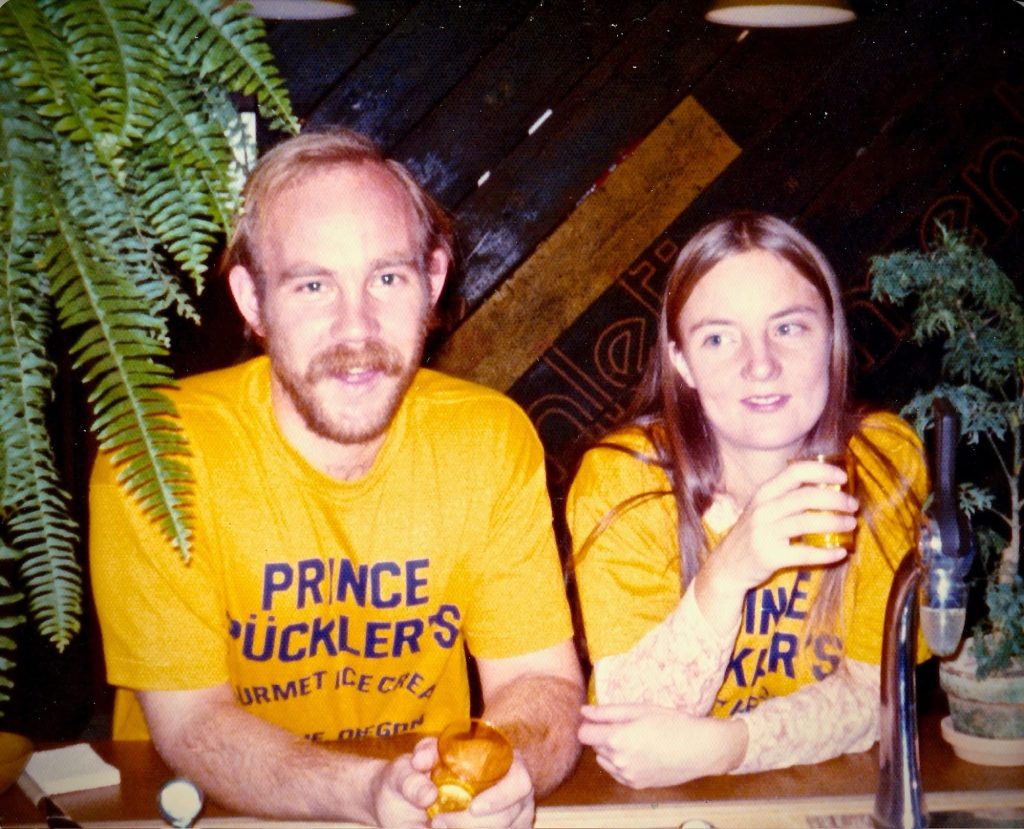
Ice cream in those days was in a strange in-between place. The 1950s was an embarrassing decade for the industry. Manufacturers discovered they could pump in air (up to half the volume) without the public noticing. The more air, the cheaper the cost. The cheaper the cost, the lower the bar. It wasn’t just bad business; it created its own shady economy.
In 1933, New York City had arrested 899 ice-cream bootleggers for selling illegal low-spec product out of pushcarts and alleys. Sounds like a made up story, but it happened.
Then came the renaissance. In the 1960s and early ’70s, a few companies—Häagen-Dazs being the most famous—brought back dense, premium ice cream. Americans realized what they were missing. Pückler’s opened right on the cusp of this shift.
The first time a stranger bought me an ice cream cone was at Pückler’s in 1977, during Space Con Five weekend, the first Star Trek convention in Eugene.
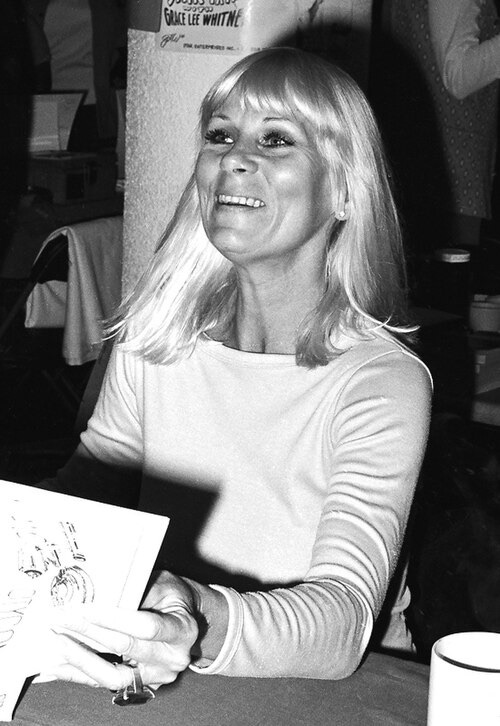
Grace Lee Whitney (Yeoman Janice Rand from Star Trek) held a poster signing at Gandalf’s Den. She asked me to help her at the table, so I stood beside her, rolling up each signed poster and handing it to the fans. After the signing she took me downstairs to Pückler’s for ice cream. As we said goodbye she kissed me on the cheek and said, “See you tomorrow.” That’s when she learned I couldn’t afford a ticket to the convention at the Fairgrounds. She put me on the guest list and later introduced me to George Takei, who played Sulu, and Bob Wilkins, host of the television show Creature Features.
In 1980, Pückler’s opened another shop on the south side of the 600 block of East 13th Avenue, into the ground floor of the new Sacred Heart Hospital parking structure.
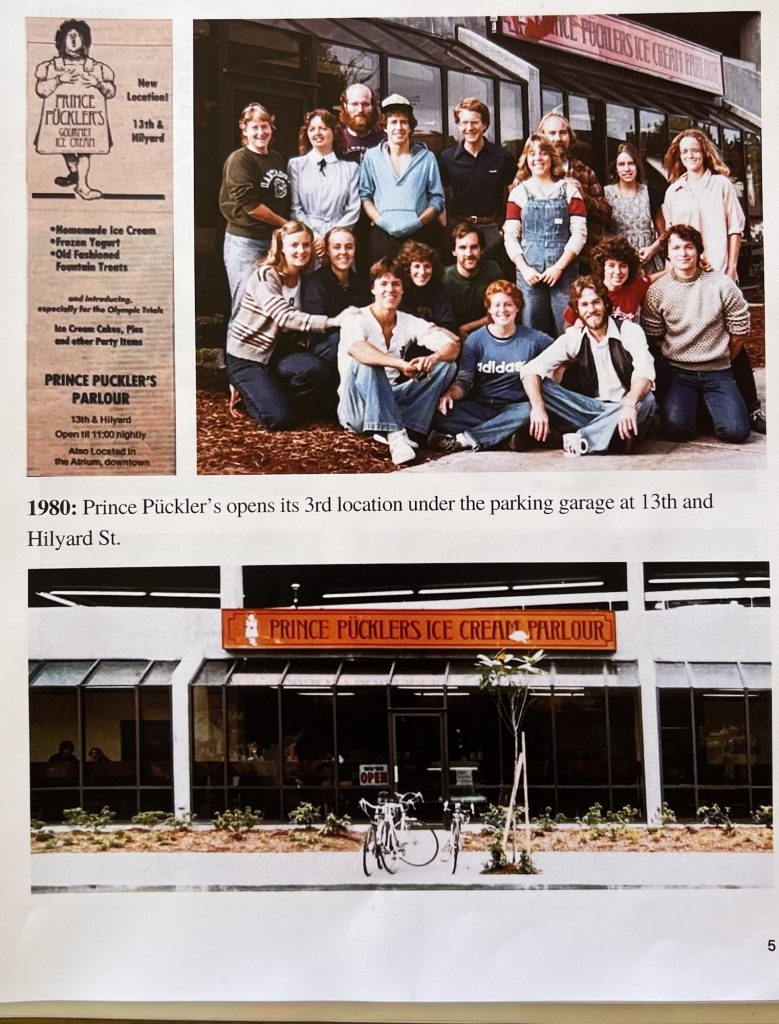
The location was perfect—right in the midst of campus life, the center of gravity for thousands of students. We scooped ice cream, pulled espresso shots, and served giant blueberry muffins and blueberry-bran muffins that kept half the freshman class alive. Many practically lived on the veggie bagels we assembled—cream cheese, cucumbers, tomatoes, sprouts—served with bagels from the Humble Bagel Company.
A second shop opened downtown at 861 Willamette. That expansion formed the broader “second generation” of workers. Many were college students working their way through school. A few stayed for years. One or two stayed for a decade or longer. It became a rite of passage: your first job, your college job, your in-between job. A place you never really outgrew, even after you left the city.
Tuesdays were legendary. The 99-cent sundae special stretched a line down 13th Avenue and around the corner. People didn’t mind waiting. It was a weekly ritual.
In the early 1980s, Where to Find It in Oregon listed just three premium ice cream shops in the entire state—Sweet Scoops, Marco’s Gelato Factory, and Prince Pückler’s. That was it. And Pückler’s had earned its spot long before “premium” became a marketing term.
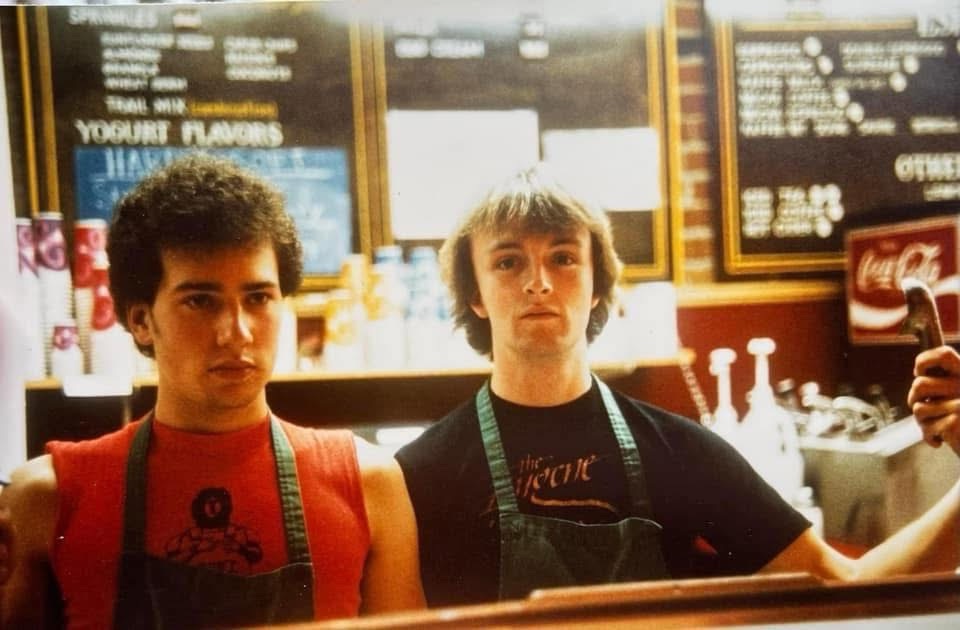
Then came 1983 and the Create Your Own Ice Cream contest. The idea was simple: customers submitted flavor ideas, and the winning ones got made every May. 300 cards poured in. My girlfriend and I helped sort them. A few were brilliant. A few were unhinged. One—Snowflake Surprise—hit the sweet spot. I championed it, and it won. The next year there were 500 entries. Galaxy, another early winner, was such a hit that it’s still on the menu today.
Eventually the shop moved to its long-term home at 19th and Agate. That corner had already lived a few dessert lives—Del Hoff’s in the fifties and sixties, Gantsy’s in the seventies. Pückler’s took the spot and stayed for good.
After closing the shop at night, many of us walked to Lenny’s Nosh Bar on 13th Avenue. It was open late and offered what every tired scooper needed: food, warmth, and conversation. The place was filled with artists, students, and the usual characters who inhabited the Eugene after-hours world. It became our clubhouse.
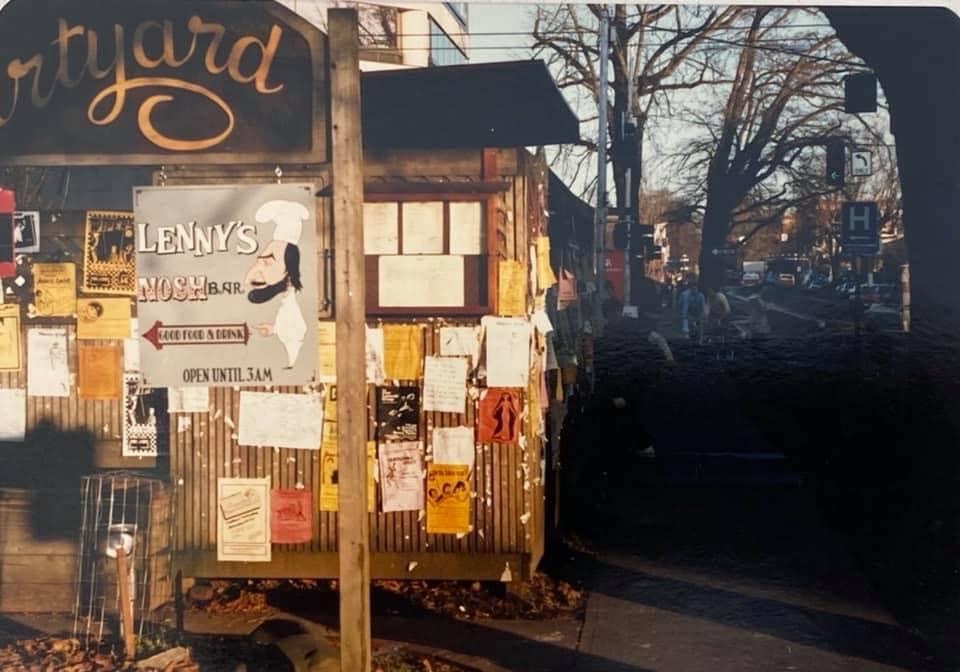
Today, Pückler’s has staked its territory to a single, strong location at 19th and Agate, and it’s owned by Laura Robertson, Jim and Lolly’s daughter. She carries the place with the same straightforward spirit: make good ice cream, don’t cheat the product, don’t cut corners, and give people a place where life slows down long enough to taste something real.
A lot has happened in fifty years. People have moved away, come back, grown older, made families, changed careers. But the shop is still there, still serving dense, honest ice cream with no shortcuts. For some of us, it was our first job. For others, it was home long enough to shape who we became. And for everyone who has ever stood in those long lines, waited for a sundae, or watched a summer evening unfold on the corner of 19th and Agate, it remains one of the quiet constants of Eugene.
~ Richard La Rosa
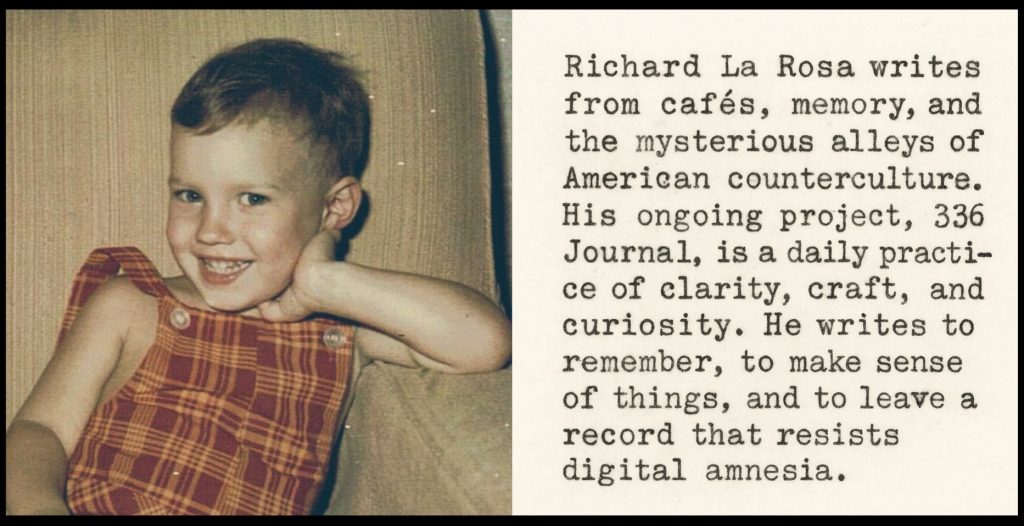
Next day edit (November 15, 2025):
I scooped ice cream at Pückler’s for the first time since I last worked there 39 years ago. I wasn’t alone. Some of the old crew was by my side—Steve, Rob, Coco, Gene, Ros, Kelly, and Lolly. Seeing all of us behind the counter again was a trip
It felt like the old days, especially when the rush hit. It brought back the weekends when we barely had time to breathe and the Tuesdays when we served hundreds of 99¢ hot fudge sundaes to a line that snaked out the door and down the block. I had forgotten the texture of it all—the controlled chaos, the sticky hands, the constant hum of conversation, and the moment you look up, lock eyes with a stranger, and ask the most unnecessary question in the world: “Who wants ice cream?” Every single person did.
Kids lit up. Teens did too. Parents and elders beamed. We answered with the same energy. And for a time it felt like the old rhythm came right back through muscle memory.
Today was one for the record books.
Happy 50th Anniversary, Prince Pückler’s Gourmet Ice Cream!
